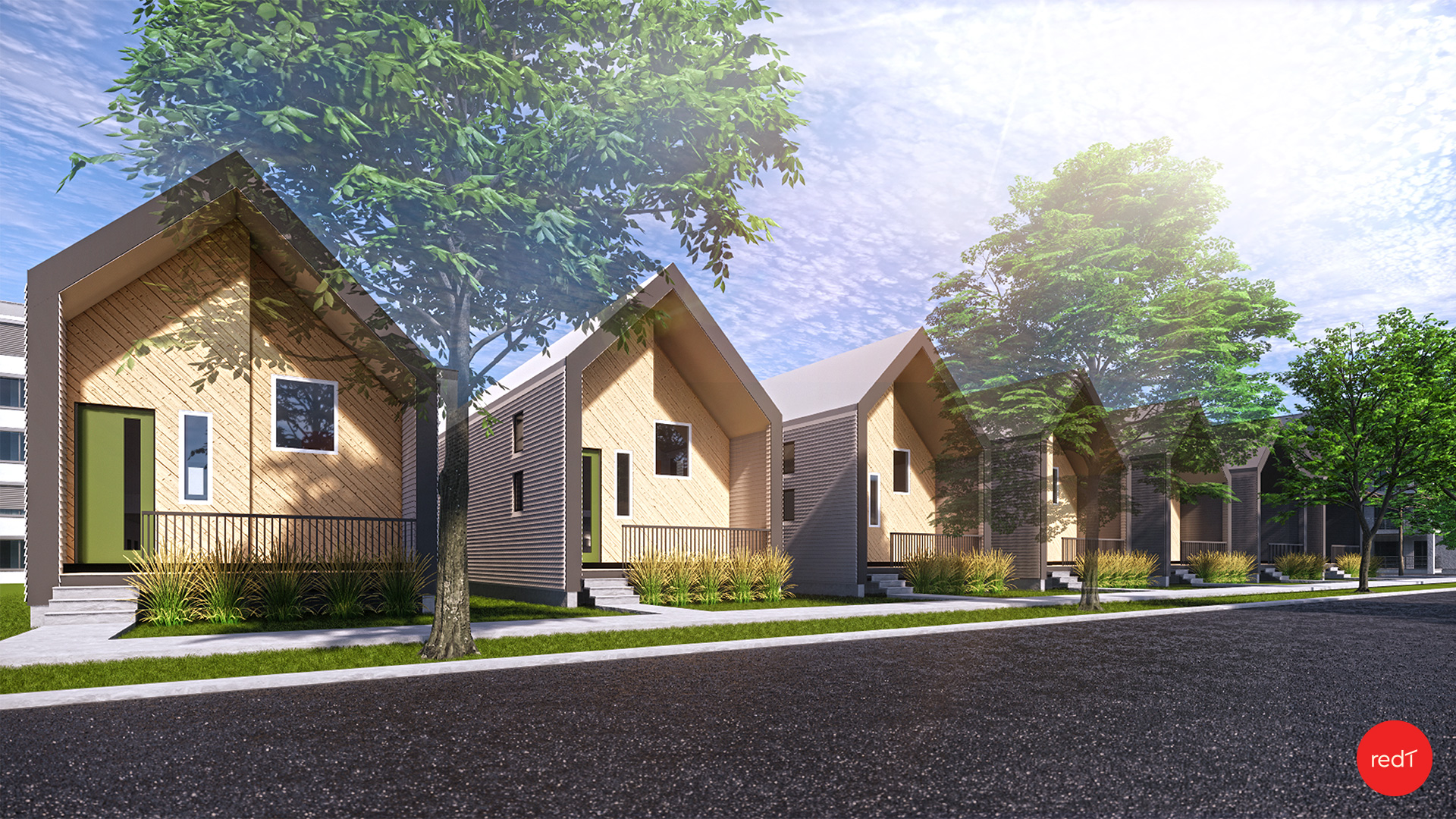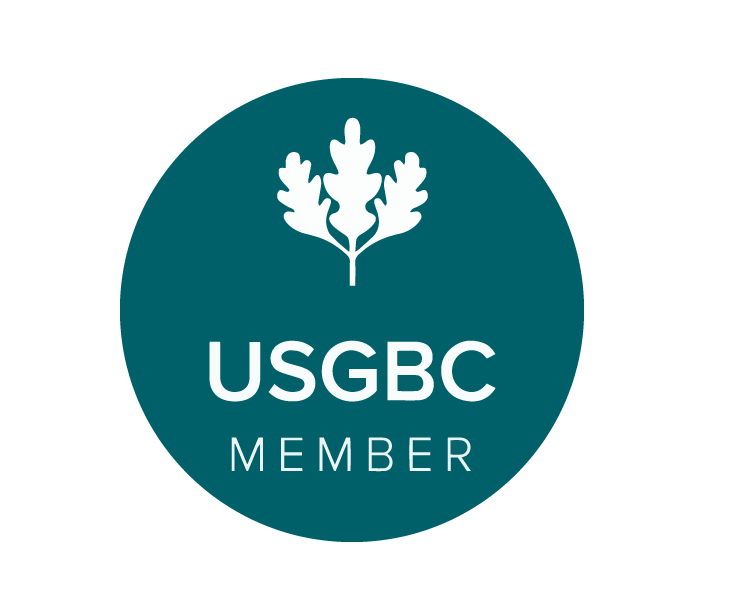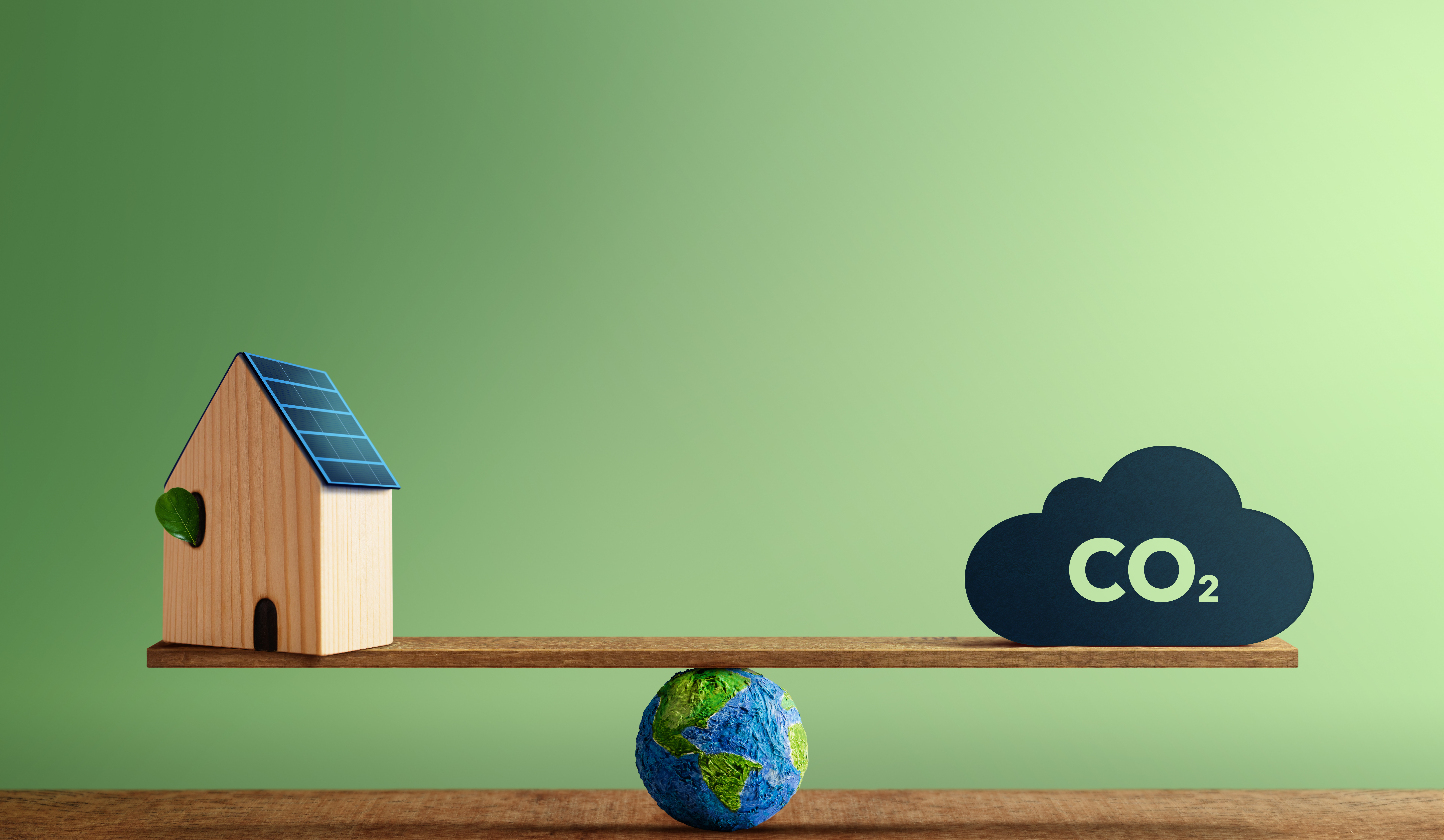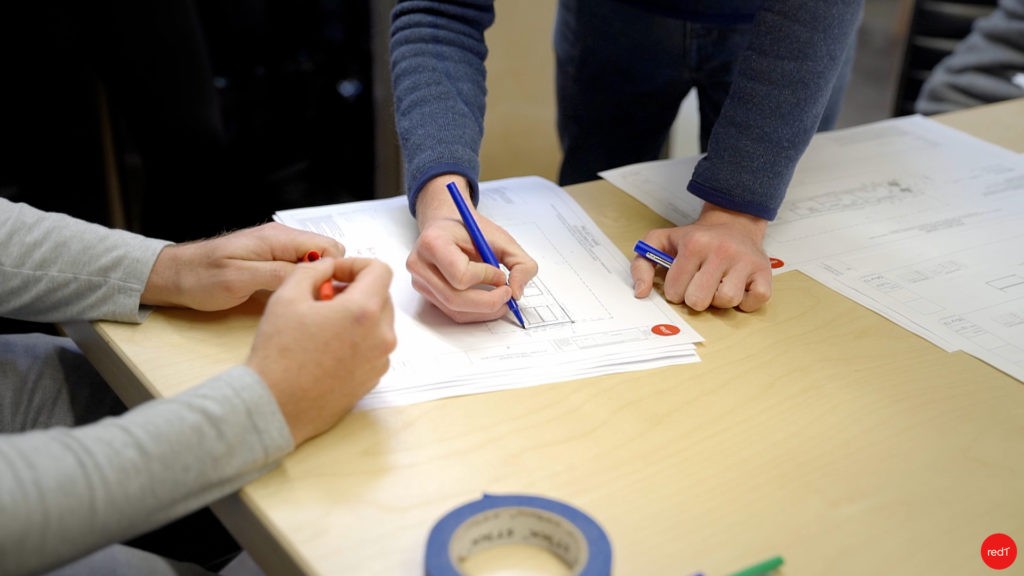The Leadership in Energy and Environmental Design (LEED) program has been refined several times since its inception in 1994 to parallel advances in building design and construction. An ever increasing level of environmental awareness and concern inspired an update in 2017 that includes a measure for operational efficiency. The United States Green Building Council (USGBC) introduced this new designation, LEED Zero, to verify the achievement of net zero goals and to signal market leadership. Showcasing redT’s commitment to the health of our environment and of our community, we are proud to deliver the first LEED Zero residential homes in the state of Colorado, and the first multiple unit project completed in the country!
____________________________________________________________________________________
Cities around the country are responding to climate change goals by addressing the carbon intensive building sector. Denver is a leader in this transition and has a Platinum certification under the LEED for Cities program. Denver’s Office of Climate Action, Sustainability, and Resiliency (CASR) released a Net Zero Energy Plan in 2021 to have all new buildings transition to net zero energy by 2030. According to the report, buildings account for 64% of Denver’s greenhouse gas emissions. The transition to a low-carbon society, therefore, must consider how we design, construct, and operate the spaces we live in. Net zero standards and green certifications for new construction can help to mitigate (and even enhance!) the health of natural and human ecosystems.
The Value of Green Certifications & LEED
The newest version of the LEED rating system, LEED v4.1, recognizes the highest levels of holistic sustainability performance to date. These include often overlooked areas including building materials, access to public transportation, and responsible land use. As a third party verification system, LEED quantifiably measures the sustainable performance of a building, and awards certain standards of resource efficiency and sustainability. In this way, developers can evaluate and weigh their environmental and social cost, and be recognized for their impact toward sustainable development practices.
The Baker Institute for Public Policy at Rice University studied LEED as the most widely recognized and robust green building certification. They determined that green certifications are “A tool policymakers can use to meet climate goals. But this tool is only useful if it is accurate, consistent, and effective… Research indicates that it is only effective to base incentives off Gold certification or higher, as these are proven to result in measurably lower energy use and carbon emissions.” At redT, we design and construct LiteHomes to the highest LEED standards and are now at the forefront of the sustainable transition of the building sector with LEED Zero.
Net Zero – Achieving a Balance
A sustainable future in regards to climate is one that balances the amount of greenhouse gasses (ghg) produced and removed from the atmosphere. As a major ghg emitter, the building industry offers a prime opportunity to level out our climate impact. Remember, almost 2/3rds of Denver’s ghg emissions are the direct impact of buildings, and it is predicted that by 2050, 40% of Denver’s buildings will be “new.” Any path to reduce energy usage is admirable, but slight increases in efficiency are counterbalanced by an increase in the total ‘floor area’ of newly built structures. This shows the necessity of new development projects reaching net zero goals to be truly sustainable.
Net zero energy is achieved when a building generates as much energy as it uses. The source of electricity is a major factor in determining the amount of ghg emissions, and electricity is quickly becoming a clean energy source as the production process is decarbonized. The USGBC determined that buildings account for 39% of energy related carbon emissions; operations making up 28%, and materials and construction the remaining 11%. The energy consumed during the long lifespan of buildings makes it important to address operational efficiency for the long term. If we are to achieve a sustainable future, we must rethink the way we design, build, and especially live in our homes.
redT’s LEED Zero Certification
With the addition of LEED Zero, the USGBC now addresses a building’s full sustainability life cycle, even after a house becomes a home. LEED Zero provides a path for operational efficiency by recognizing buildings that have operated to net zero standards for 12 consecutive months. Homeowner operations affect water usage, energy efficiency, waste disposal, and ongoing carbon output, and LEED Zero rewards those that are able to generate as many resources as they consume. Due to difficulties in measuring individual homeowner’s habits, the USGBC currently only offers LEED Zero certifications for single family residential homes in energy and water. LEED Zero is granted as a complement to the standard LEED certification. For example, our newest LiteHomes are being built to a LEED Platinum level with a LEED Zero recognition for net zero energy!
Determining energy usage to receive a LEED Zero energy designation requires measuring the energy use balance over a year. The total site energy use of a building is the annual amount of energy consumed on-site, as reported on utility bills. On-site renewable energy is the number one source of clean energy according to the USGBC’s hierarchy of renewable energy sources. On-site renewables reduce the amount of energy needed from the grid, having the effect of requiring less ‘source energy.’ Source energy considers site energy use as well as the energy lost during production, transmission, and delivery to the site. Because it is more comprehensive, source energy is the most accurate representation of a building’s energy footprint and is the measurement that LEED Zero judges.
Energy Modeling
In order to measure our LiteHome’s operational energy efficiency while still under construction, our Architecture team uses a system called building energy modeling (BEM) to calculate energy use intensity (EUI). BEM is a predictive modeling system used in new building design, and is used to calculate EUI, the energy use per square foot of a property. The Colorado Real Estate Journal described these measurements in an article titled Let’s Talk Net Zero: Preparing for Evolving Code. As the CREJ title suggests, this type of modeling will become standard practice as all new development in Denver must be net zero energy compliant by 2030.
Modeling allows developers to simulate the energy use of a building throughout an entire year of operation. This is necessary to build to code compliance, and more importantly, a crucial part of receiving green certifications for buildings that are net zero trailblazers. The most energy-intensive buildings are often larger, commercial properties because the floor area available is generally not spacious enough to offset the energy consumed. Understandably, residential construction will be the driving force on the path to net-zero goals and the basis for sustainable market transformation.
Truly Sustainable Housing
Today, even residential buildings are generally not able to offset the amount of energy related carbon that they produce. Through sustainable construction materials and methods, and a design process that leads to long term efficiency, redT’s LiteHomes are a leader in sustainable development. The voluntary shift we’ve made to sustainable practices is a necessary transition to minimize the negative environmental impact of the built environment, as well as to lead by example in making the impact of healthy homes more visible. Our team accomplished a LEED Zero energy rating by touching on each part of a LiteHome’s life cycle. Passive design elements reduce energy demand, energy efficient systems and appliances eliminate wasted energy, and renewable energy is generated for the remaining amount needed.
We believe there is a fundamental difference between development and growth that provides the opportunity to deliver sustainable housing. By developing homes that provide the same comforts while using less natural resources, we are not just adding extra space, we are making each home qualitatively better. In this way, wellbeing continues to improve with less consumption. Sustainable buildings encompass the overall ability to provide a comfortable and healthy internal environment without negatively impacting the external environment. Furthermore, while renewable energy, reusable water, and zero-waste systems deliver obvious environmental and health related outcomes, they also benefit homeowners with lower utility bills. Denver homebuyers now have the opportunity to buy an attainably priced home that aligns with a healthy and minimally impactful lifestyle.

LEED Positive Outlook
At the Greenbuild Conference in 2019, the USGBC announced that future LEED projects will leave a positive mark. Their vision, called LEED Positive, is that new construction will not only negate the impact had on the environment, but instead, be a catalyst in restoring environmental, health, and social challenges. At this time, redT is focused on fulfilling our mission to Build A Greener Colorado by reducing our environmental impact to zero. LEED Zero provides a framework for our LiteHomes to transition from leadership in design to leadership in performance. This transition is underway with seven LiteHomes currently under construction that will be the first single family residential homes in Colorado to be certified LEED Zero!!
redT is building toward a net zero future today.






